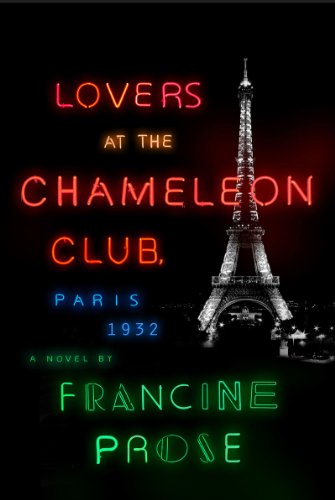Lovers at the Chameleon Club, Paris 1932
Even the best photograph is no more than an instant in time. For Louisianne “Lou” Villars, the photograph that gives the novel its title is an inflection point. It is not the highest moment of her life, nor the lowest, but perhaps her final chance for a different fate. She poses in a man’s tuxedo and short hair with a pretty blonde girl on her knee, at home in a nightclub for cross-dressers where the password is “Police! Open up!” and everyone admits that “love is strange.” Not long after the photo is taken, Lou breaks up with the blonde; she races cars on the women’s international circuit, falls in love with a German driver and after attending the Berlin Olympics comes under the Führer’s spell. She spies for Germany before and during the invasion, ultimately becoming a Gestapo torturer in occupied Paris.
In many ways France has betrayed Lou as much as Lou betrayed France. In her youth she was a formidable athlete, as big and as strong as most men. A later age would have nurtured her abilities and accepted her differences. Instead she is seen as a freak for cutting her hair short and wearing trousers; how quickly they forget that Joan of Arc did much the same.
Lou’s story is not an apology but a tragedy, told convincingly through a variety of expository techniques: the brilliant photographer’s letters to his parents in Hungary; the “to be destroyed after my death” autobiography of his eventual wife; an American expat’s salacious essays; the memoirs of a baroness who fought for the Resistance. When Lou meets her end, as we know she must, it is easier to understand – though never excuse – the collaborators. Highly recommended.










